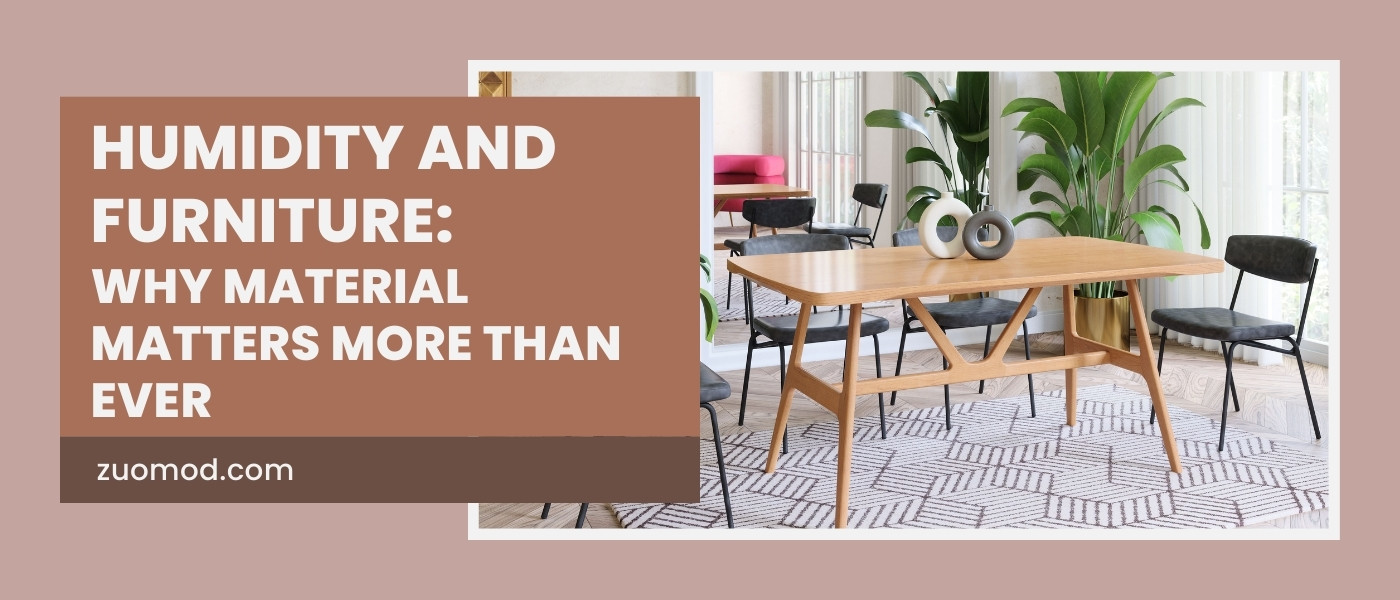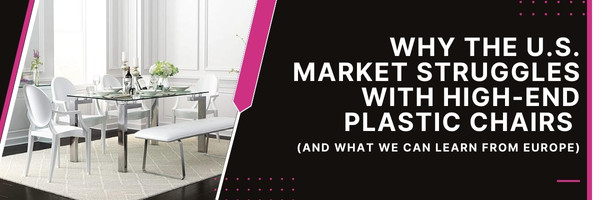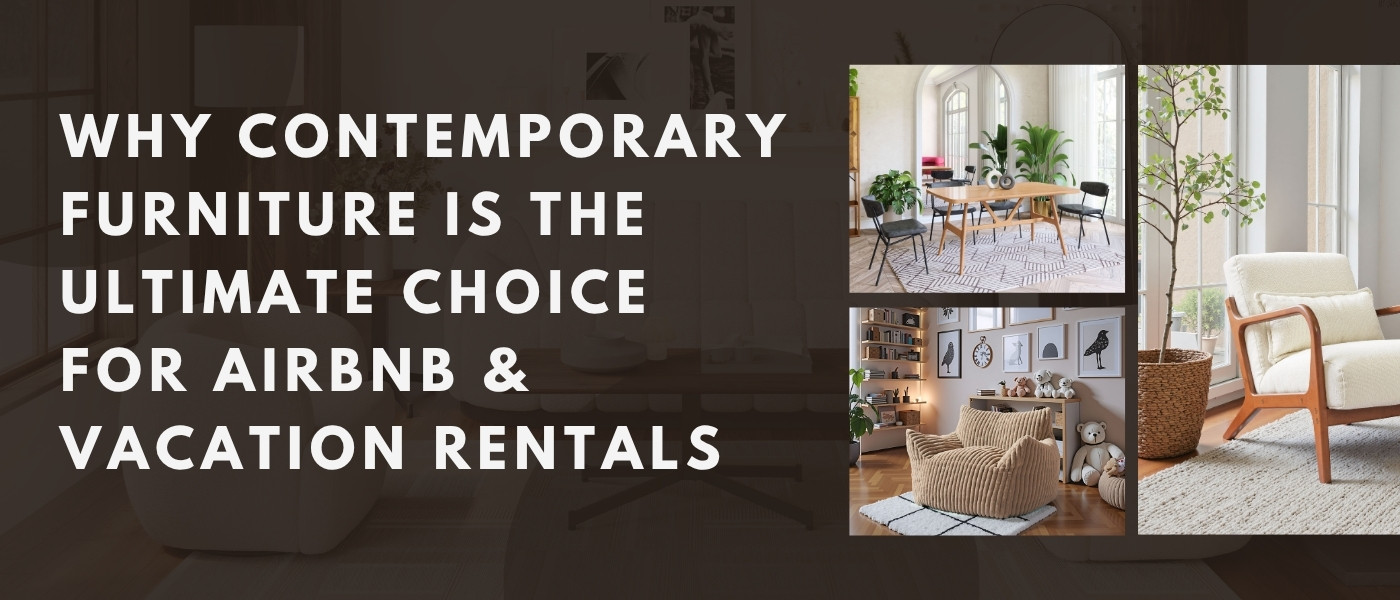Humidity and Furniture: Why Material Matters More Than Ever

In the world of furniture design, aesthetics often take center stage. However, the longevity and durability of a piece are equally crucial, especially when considering the impact of environmental factors like humidity. At Zuo Modern, we understand that selecting furniture involves more than just choosing a style; it’s about making informed decisions based on construction and material resilience.
The Silent Impact of Humidity on Furniture
Humidity—the amount of moisture in the air—plays a significant role in the health of your furniture. Fluctuations in humidity levels can lead to a range of issues, from minor cosmetic changes to significant structural damage. Understanding these effects is essential for both manufacturers and consumers.
Wood and Humidity: A Delicate Balance
Wood is a hygroscopic material, meaning it absorbs and releases moisture based on the surrounding environment. This characteristic makes it susceptible to changes in humidity.
• Dry Conditions: In low-humidity environments, wood can lose moisture, leading to shrinkage. This shrinkage may cause cracking, especially in thin veneers or certain hardwoods like those commonly sourced from high humidity climates like Southeast Asia and South America. The stress from uneven moisture loss can result in visible splits and structural weaknesses.
• High Humidity: Conversely, in high-humidity settings, wood absorbs excess moisture, leading to expansion. This can cause warping, swelling, and even mold growth if the conditions persist. The expansion and contraction cycle, especially when frequent, can compromise the integrity of joints and finishes.
Veneers: Beauty Meets Vulnerability
Veneers—thin slices of wood applied to a core material—offer aesthetic appeal without the cost of solid wood. However, they are particularly sensitive to humidity changes. Differential movement between the veneer and its substrate can lead to “veneer checking,” where fine cracks appear along the grain. These checks not only affect the appearance but can also lead to peeling and delamination over time.
Faux and Vegan Leathers: Not Immune to Moisture
Faux and vegan leathers, often made from polyurethane or other synthetic materials, are popular alternatives to genuine leather. While they offer benefits like affordability and animal-friendliness, they are not without their drawbacks concerning humidity.
• High Humidity: Excess moisture can weaken the bond between the synthetic coating and its fabric backing, leading to peeling and flaking. Over time, this degradation compromises both the look and feel of the material.
• Low Humidity: In dry conditions, faux leather can become brittle, increasing the risk of cracking, especially in areas subjected to stress or movement.
It’s essential to recognize that while these materials are designed for durability, they still require proper care and consideration of environmental factors.
Making Informed Choices: Beyond Aesthetics
When selecting furniture, especially for environments with significant humidity fluctuations, it’s vital to consider the materials’ properties and how they respond to moisture. Here are some guidelines:
• Assess Your Environment: Understand the typical humidity levels in your area. Coastal regions, for instance, often have higher humidity, while desert areas are drier.
• Material Selection: Opt for materials known for their stability in varying humidity conditions. For wood, this might mean choosing species less prone to movement. For upholstery, consider high-quality synthetic leathers with proven resistance to moisture-related issues.
• Construction Quality: Well-constructed furniture, with proper joinery and finishes, can better withstand the challenges posed by humidity. Ensure that veneers are applied correctly and that adhesives used are moisture-resistant.
Zuo Modern’s Commitment to Quality
At Zuo Modern, we prioritize both design and durability. Our selection of materials and construction techniques reflects a deep understanding of how environmental factors like humidity affect furniture. By choosing our products, you’re investing in pieces that are not only stylish but also built to endure the test of time and varying conditions.
Conclusion
Humidity is an often-overlooked factor that can significantly impact the longevity and appearance of furniture. By understanding its effects and making informed choices about materials and construction, you can ensure that your furniture remains beautiful and functional for years to come. At Zuo Modern, we’re here to help guide you through these decisions, offering products that marry form and function seamlessly.
Explore our collection and experience the Zuo Modern difference at www.zuomod.com.
About Zuo Modern
Zuo Modern is a global brand offering a full range of stylish, affordable furniture for residential, office, and hospitality spaces. Known for its fast shipping, broad inventory, and design-forward collections, Zuo supports industry professionals with tools that make sourcing simple and dependable.
Email us at hello@zuomod.com with any questions.
Or give us a call at 510-877-4087 (Mon–Fri: 5:00 AM–5:00 PM PT)




